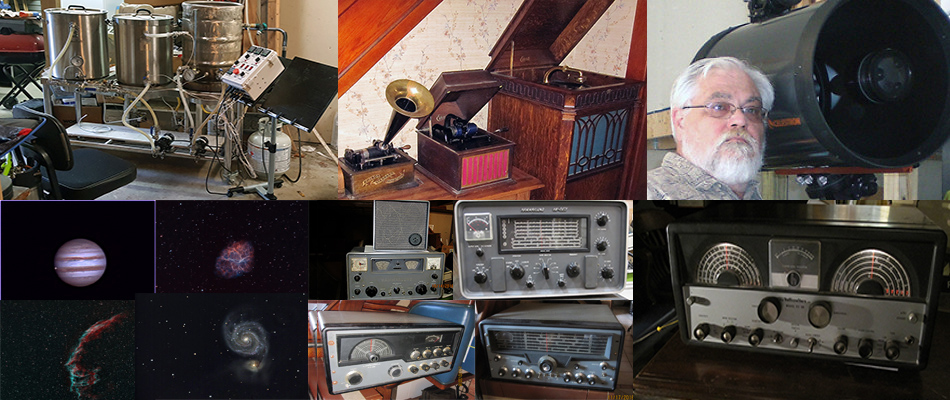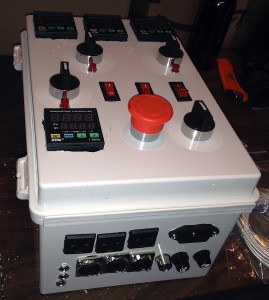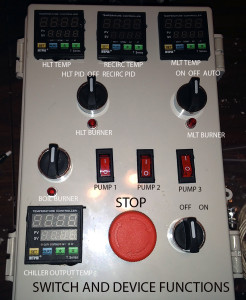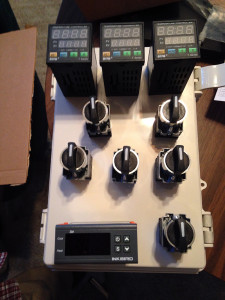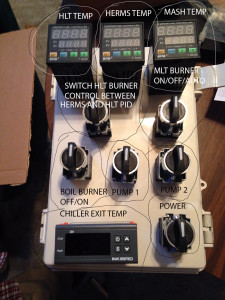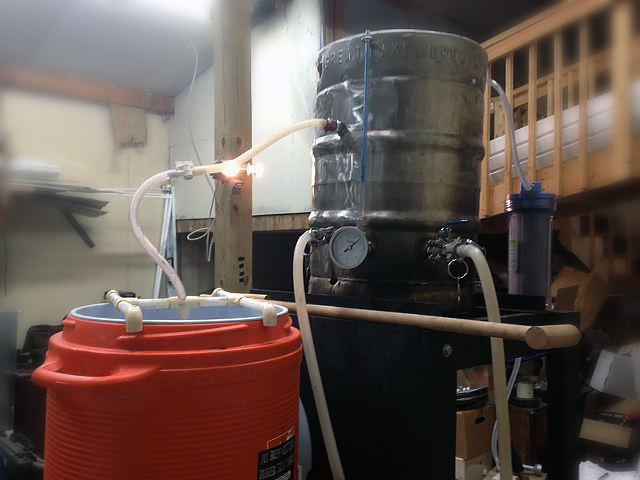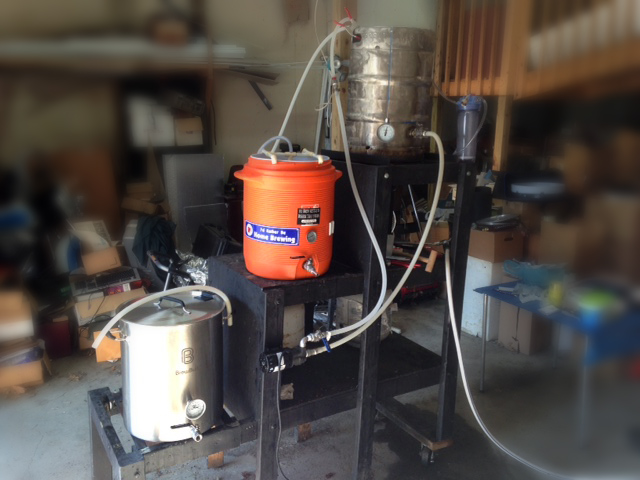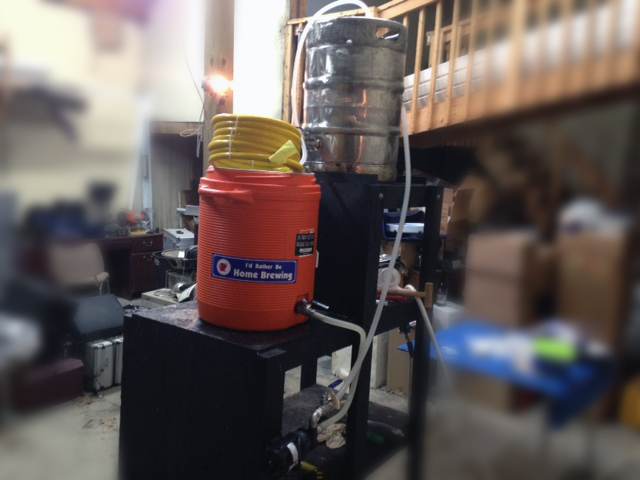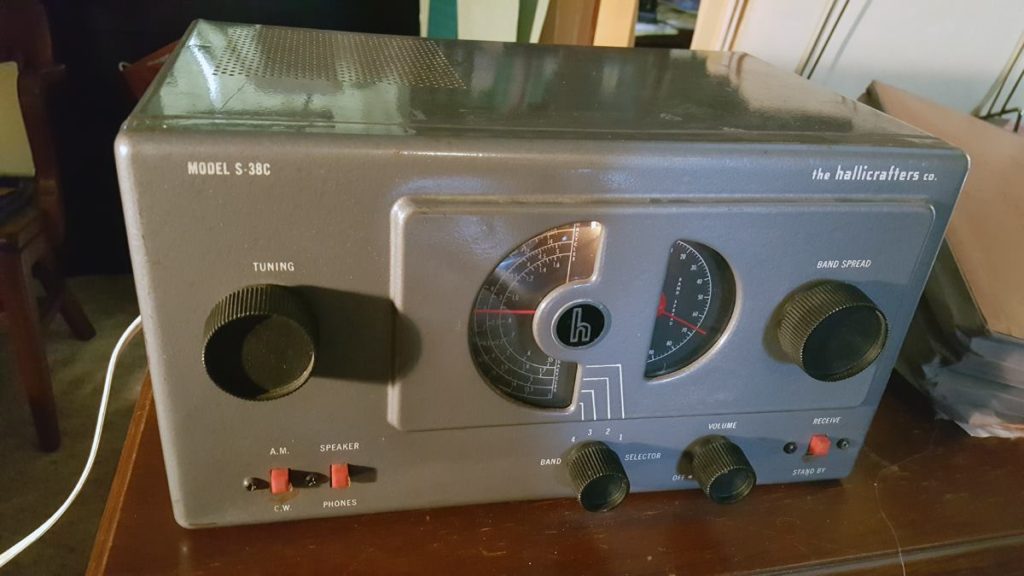
This arrived recently. Background: the first shortwave receiver I ever owned was a 1952 Hallicrafters S-38C. It was about ten years old at the time (as was I). Dunno what happened to it. Every five or ten years I wonder whether I should try to obtain one for old time’s sake. This time I did. Looks great, but (of course, for $20) doesn’t work. Into the project pile it goes – maybe with a little extra priority. Come to think of it, I think I paid $15 for the first one, and it worked…
The next receiver was a Heathkit GR-64 in 1968 or so. Bad mistake; I haven’t felt any nostalgia for that one. I built it to be the receiver in my first Novice station. It wasn’t a very good performer in that application (though it was better than the S-38). I was seduced by the features and glossy appearance but I soon realized that I should have selected the HR-10 instead for ham use. I don’t think I’ll be looking for a GR-64 to cherish.
When I got my General class I picked up an Eico 753 SSB/CW transceiver. It was better, but not well respected in the ham community. Then a few other transceivers until I got my next separate receiver. This one was designed for amateur use and was loosely modeled after the very highly respected Collins 75-S series receivers. It was a Heathkit SB-301 and worked alongside its companion SB-401 transmitter for several years until both were replaced by the Collins S-line (75S-1, 32S-1) it emulated. I don’t remember what happened to the S line, but that was the last tube receiver or transmitter that I owned. I could easily see me grabbing a set of Heathkit twins or an S-line again just to enjoy having them around.
